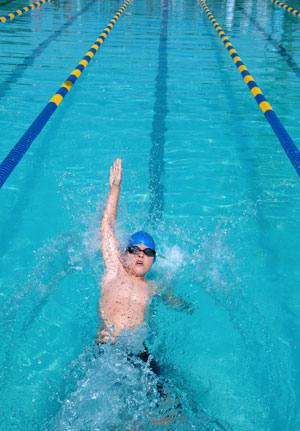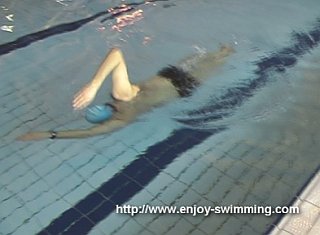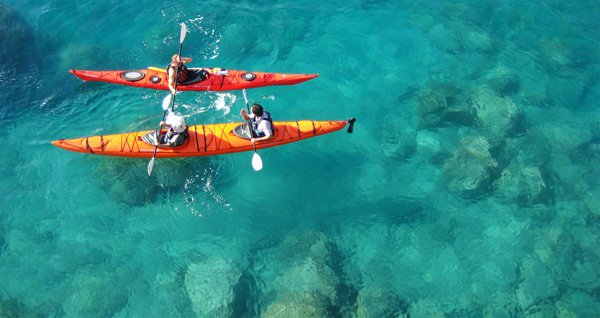Taylormade R9 Drivers - Optimization is the Key to Success
Taylormade has taken two of their best technologies for customization and enabled both to be used together in their R9 driver. Their FCT and MWT features are now available in the R9 family of drivers creating an infinite amount of custom options, and although it's great to have the ability to customize your driver, it can get very confusing. Well that's where we come in, we'll provide instructions so you can take your new R9 driver and transform it into an amazing weapon that will completely change your golf game forever.
The FCT feature stands for Flight Control Technology, which is when you unscrew the shaft, twist it to the setting you want, and then screw it back into the clubhead. There are 4 main options, L, R, N, NU, with 4 more options in between for a total of 8. Described below are the effects that each of the FCT settings have on the face angle, lie, loft when the clubhead is square at impact, and the trajectory bias.
Taylormade's Moveable Weight Technology (MWT) was first introduced in the r7 Quad driver. This technology enables you to move the center of gravity (CG) in the club head by changing the position of weight around the perimeter of the head. This in turn has a profound effect on the trajectory of the ball. The R9 driver comes standard with two 1 gram weights and one 16 gram weight. You'll find more detailed information below on how the position of each weight affects the trajectory.
FCT Instructions
The following charts are read left to right showing the following specs in the order below.
Please note that the loft below is when the clubhead is square at impact. Also for trajectory bias, the negative numbers mean a bias to the left and positive numbers reflect a bias to the right.
FCT Position, Face Angle, Lie, Loft, Trajectory Bias
10.5 Loft Drivers
Pos. 1 R, 2 Open, 59, 9.5, 16
Pos. 2 N-R, 1 Open, 58.5, 10.0, 10
Pos. 3 NU-R, 1 Open, 59.5, 10.0, 8
Pos. 4 N, Square, 58, 10.5, -2
Pos. 5 NU, Square, 60, 10.5, -6
Pos. 6 NU-L, 1 Closed, 59.5, 11.0, -16
Pos. 7 N-L, 1 Closed, 58.5, 11.0, -18
Pos. 8 L, 2 Closed, 59.0, 11.5, -24
9.5 Loft Drivers
Pos. 1 R, 2 Open, 59, 8.5, 16
Pos. 2 N-R, 1 Open, 58.5, 9.0, 10
Pos. 3 NU-R, 1 Open, 59.5, 9.0, 8
Pos. 4 N, Square, 58, 9.5, -2
Pos. 5 NU, Square, 60, 9.5, -6
Pos. 6 NU-L, 1 Closed, 59.5, 10.0, -16
Pos. 7 N-L, 1 Closed, 58.5, 10.0, -18
Pos. 8 L, 2 Closed, 59.0, 10.5, -24
8.5 Loft Drivers
Pos. 1 R, 2 Open, 59, 7.5, 16
Pos. 2 N-R, 1 Open, 58.5, 8.0, 10
Pos. 3 NU-R, 1 Open, 59.5, 8.0, 8
Pos. 4 N, Square, 58, 8.5, -2
Pos. 5 NU, Square, 60, 8.5, -6
Pos. 6 NU-L, 1 Closed, 59.5, 9.0, -16
Pos. 7 N-L, 1 Closed, 58.5, 9.0, -18
Pos. 8 L, 2 Closed, 59.0, 9.5, -24
MWT Instructions
Taylormade's MWT technology basically uses simple physics by adding more weight to certain areas of the club head to affect the center of gravity. The MWT feature is to be used on top of the FCT technology to increase trajectory bias even more than what you see above in the FCT chart instructions.
If you think logically about how the weight is positioned around the perimeter of the club head you'll see that this is all pretty easy to understand. When you want to hit a draw you might try to rotate your hands more, especially your right hand, through impact to help close the face. So what you're essentially doing is closing the toe of the club even more as the head goes through the hitting zone. Well if you want to do this by using weight, all you would need to do is make sure the toe is lighter than the heel of the club. So to hit a draw, all you would do is put your 16g weight on the heel and put your 1g weight on the toe. And for a fade? You got it, the exact opposite, position the 16g weight on the toe and the 1g weight in the heel to help slow down the closing of the face. So try to commit at least this part to memory so if you are out on the course or range without a chart you'll know the basics when adjusting your R9.
Now unless you have more weight available you won't have to worry as much about the weights affecting the height of your shots, but if you do the weights affect the height in the following way. The more weight you add towards the front of the golf club the lower the ball will fly since you're essentially moving the CG (center of gravity) closer towards the face. Whereas, the more weight you put in the back-center of the clubhead, the higher your trajectory will be since you're moving the CG further back. This would also increase your spin rate as well.
The following chart is a basic guideline for the 3 weights that come with the R9.
Toe, Center, Heel - Trajectory Bias
16g, 1g, 1g - Fade Bias
1g, 16g, 1g - Straight
1g, 1g, 16g - Draw Bias
Taylormade R9 SuperTri Driver Instructions
Two Games That Go Together Golf And Poker


